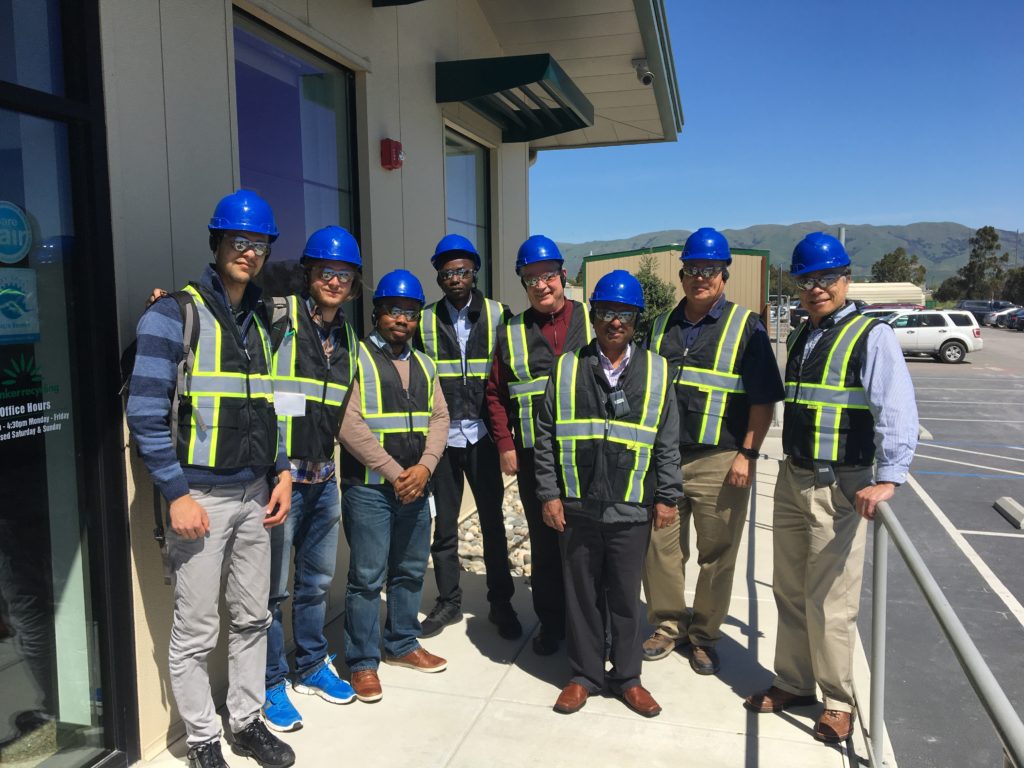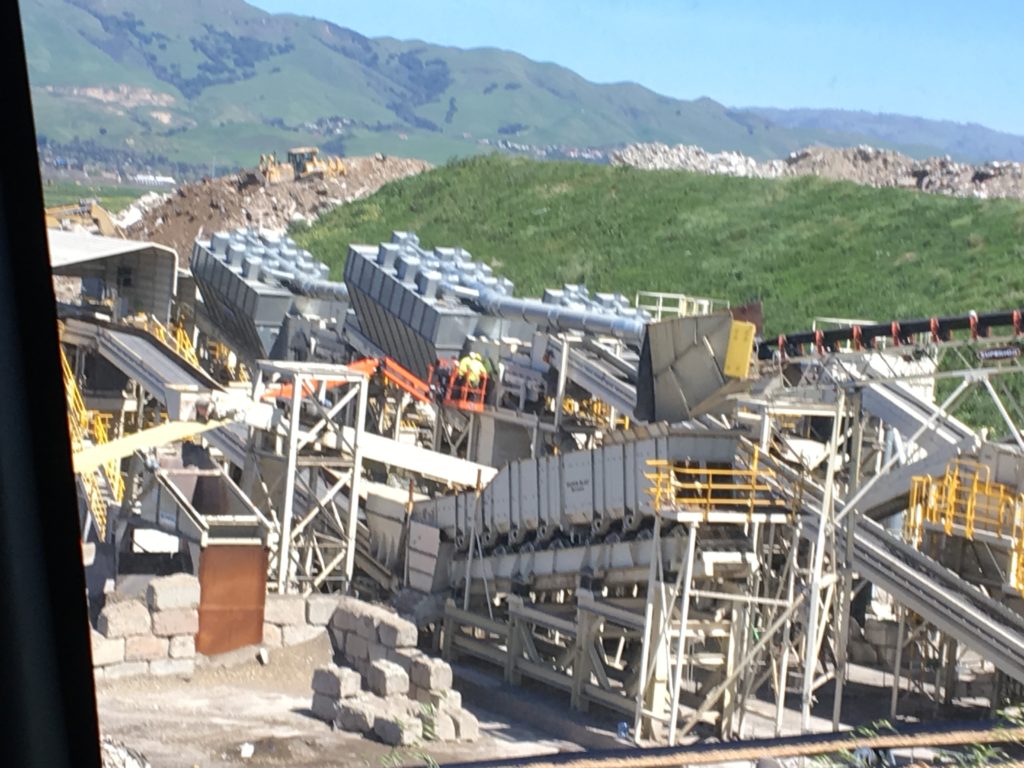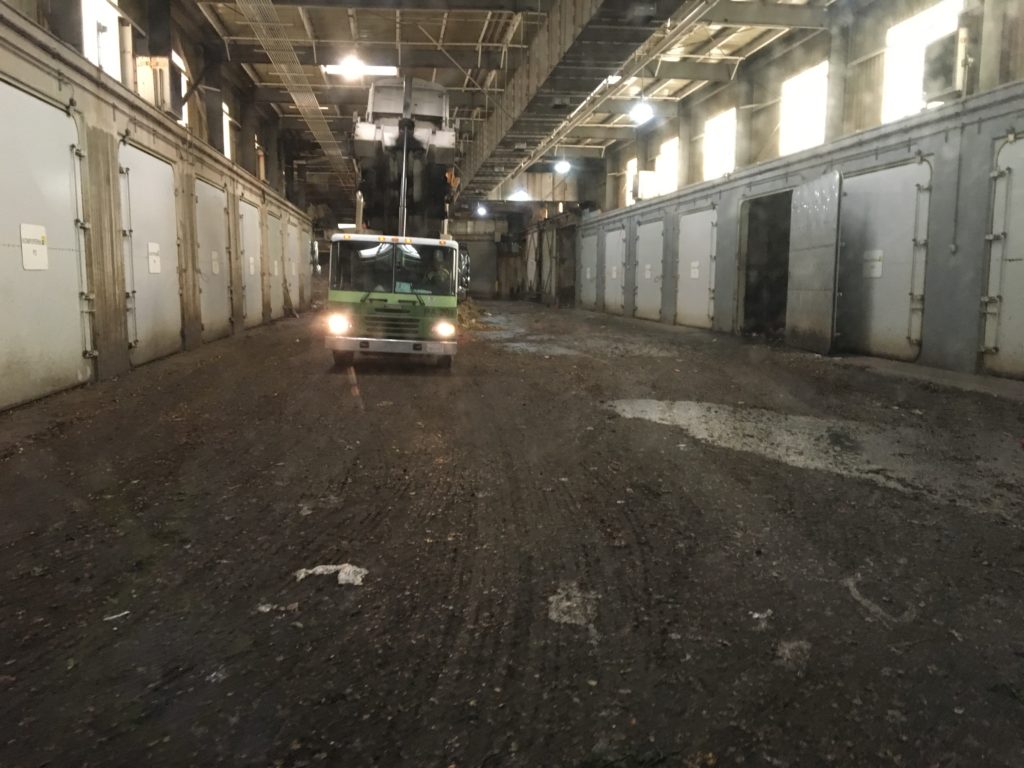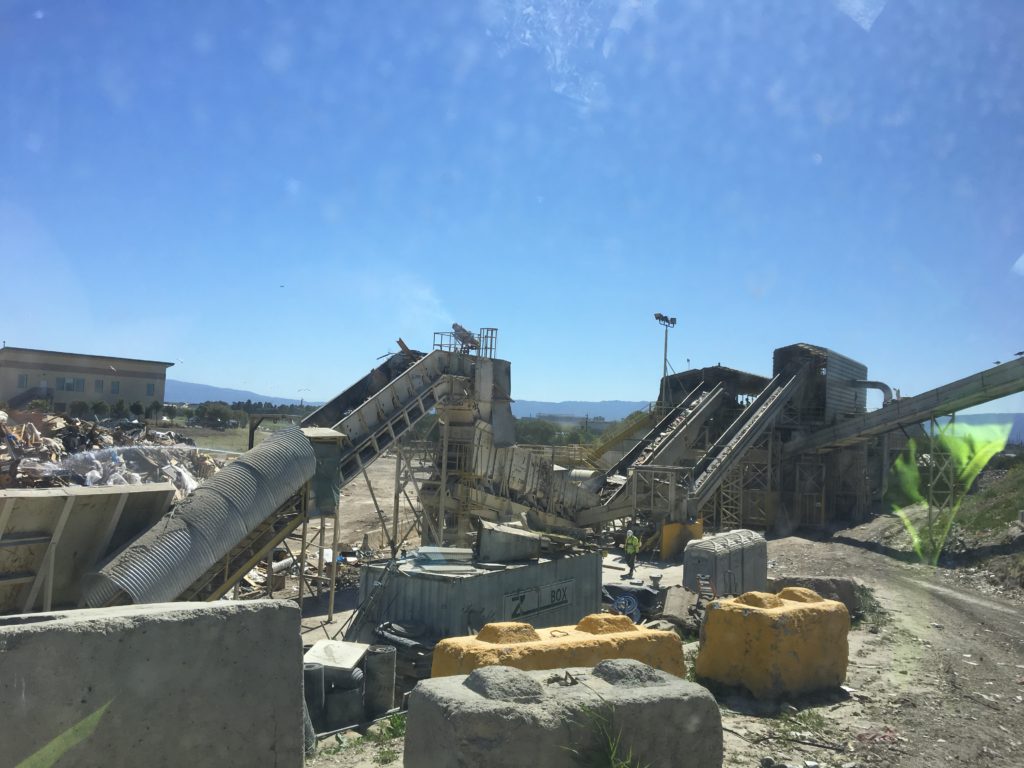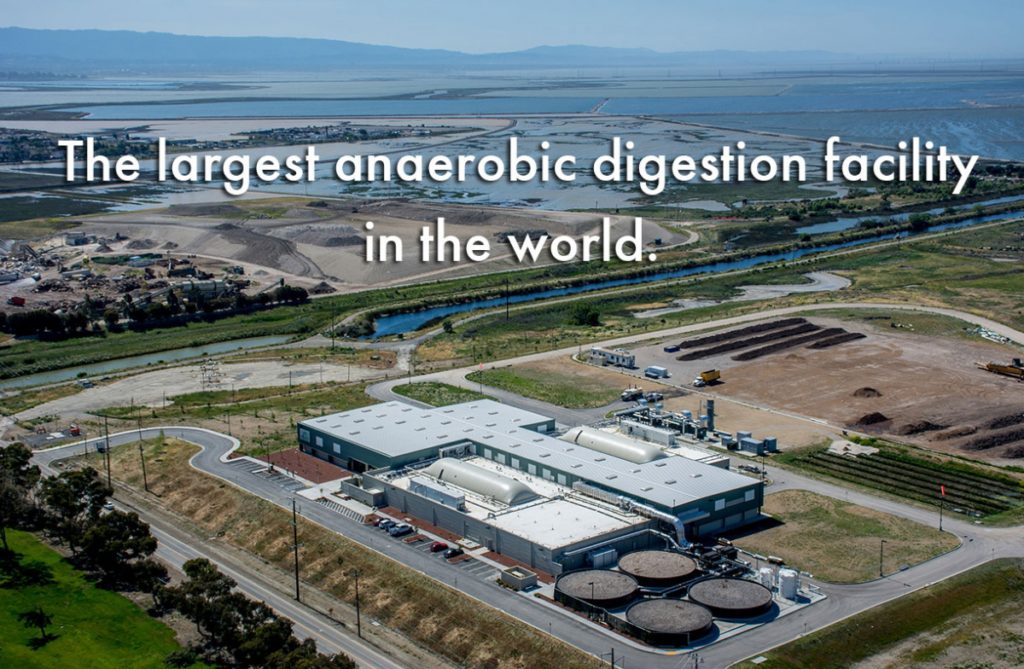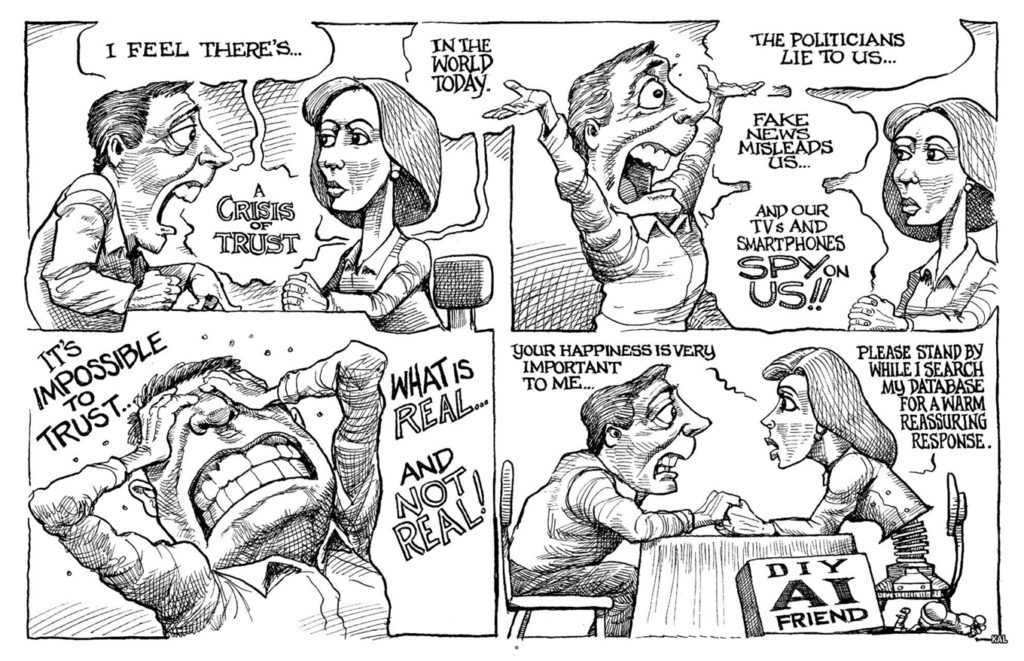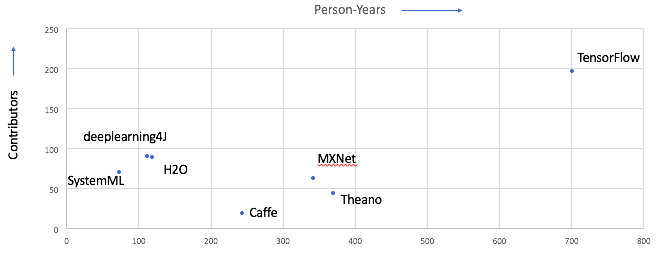1. Christensen CM (2007) How will you measure your life. Havard Business Review Classics. Boston MA.
Christensen CM (2010) How will you measure your life. harvard business review. Jul 1;88(7-8):46-51.
https://www.amazon.com/Measure-Harvard-Business-Review-Classics/dp/1633692566/
“On the last day of class, I ask my strudents to turn those theoretical lenses on themselves, yo find cogent answers to three questions: First, how can I be sure that I;ll be happy in my career? How, how can I be sure that my relationship with my spouse and family will become an enduring source of happiness? Third, how can I be sure I will stay out of jail?” (p. 5)
“… from Frederick Herberg, who asserts that the powerful motivator in our lives isn’t money; it’s the opportunity to learn, grow in responsibilities, contribute to others, and be recognized for achievements.” (p. 6)
“Create A Strategy For Your Life: … If a company’s resource allocation process is not managed masterfully, what emerges from it can be very different from what management intended…. They didn’t keep the purpose of theur lives front and center as they decided how to spend their time, talents, and energy.” (p.8-10)
“I promise my students that if they take the time to figure out their life purpose, they’ll look back on it as the most important thing they discovered at HBS. If they don’t figure it out, they will just sail off without a rudder and get buffeted in thevery rough seas of life.” (p. 12)
“Allocate Your Resources: … In contrast, investing time and energy in your relationship with your spouse and children typically doesn’t offer that immediate sense of achievement… If you study the root causes of business disasters, over and over you’ll find this predisposition toward endeavors that offer immediate gratification.” (p. 16 – 17)
“Create A Culture: … The theory arrays these tools along two dimensions – the extent to which members of the organization agree on what they want from their participation in the enterprise, and the extent to which they agree on what actions will produce desired results.” (p. 18)
“Like employees, children build self-esteem by doing things that are hard and learning what works.” (p. 21)
“Avoid The “Marginal Costs” Mistake: … If we knew the future would be exactly the same thing as the bast, that approach would be fine. … The marginal cost of doing something wrong ‘just this once’ always seems alluringly low.” (p. 22)
“Remember The Importance Of Humility: … We all decided that humility was defined not by self-deprecating behavior ot attitudes but by the esteem with which you regard others.” (p. 26-27)
“Choose The Right Yardstick: … Don’t worry about the level of individual prominence youhave achieved; worry about the individuals you have helped become better people.” (p. 29-30).
2. Rinpoche S (1992) The Tibetan Book of Living and Dying, ed. P. Gaffney and A. Harvey (San Francisco: HarperOne).
https://www.amazon.com/Tibetan-Book-Living-Dying/dp/B0014F6PRM/
“Foreword by His Holiness the Dalai Lama; … In this timely book, Sogyal Rinpoche focuses on how to understand the true meaning of life, how to accept death, and how to help the dying, and the dead.” (p. ix)
“Samten’s death was not an easy one. The sound of his labored breathing followed us everywhere, and we could smell his body decaying.” (p. 3)
“What all of this is showing us, with painful clarity, is that now more than ever before we need a fundamental change in our attitude to death and dying.” (p. 10)
“So from the Tibetan Bddhist point of view, we can divide our entire existence into four continuously interlinked realities: (1) life, (2) dying and death, (3) after death, and (4) rebirth. These are known as the four bardos: (1) the natural bardo of life, (2) the painful bardo of dying, and (3) the luminous bard of dharmata, and (4) the karmic badro of becoming.” (p. 12)
“Death is a vast mystery, but there are two things we can say about it: It is absolutely certain that we will die, and it is uncertain when or how we will die.” (p. 15)
“Bar mean ‘in between’ and do means ‘suspended’ or ‘thrown.'” (p. 102)
“Masters often use this particular comparison to show how difficult it is to maintain awareness during bardo states. … By following the training of these practices, it is actually possible to realize the states of mind while we are still alive.” (p. 108-109)
“Of all the ways I know of helping people to realize the nature of the mind, that of the practice of Dzogchen, the most ancient and direct stream of wisdom within the teaching of Buddhism, and the source of the bardo teaching themselves, is the clearest, most effective, amd most relevant to the environment and needs of today… Human beings have come to a critical place in their evolution, and this stage of extreme confusion demands a teaching of comparably extreme power and clarity… The Dzogchen masters are acutely aware of the dangers of confusing the absolute with the relative… What this means is that the entire range of all possible appearances, and all possible phenomena ina all the different realities, whether sansara or nirvana, all of these without exception have always been and will always be perfect and complete, within the vast and boundless expanse of the nature of mind.” (p. 150-153)
“When people ask me how best to give someone permission to die, I tell them to imagine themselves standing by the bedside of the person they love and saying with the deepest most sincere tenderness: ‘I am here with you and I love you. You are dying, and that is completely natural; it happens to everyone. I wish you could stay here with me, but I don’t want you to suffer any more. The time we have had together has been enough, and I shall aways cherish it. Please now don’t hold onto life any longer. Let go. I give you my full and heartfelt permission to die. You are not alone, now or ever. You have all my love.” (p. 183)
3. Silberman S (2015) Neurotribes: The legacy of autism and the future of neurodiversity. Penguin.
https://www.amazon.com/Neurotribes-Legacy-Autism-Future-Neurodiversity/dp/0399185615/
“One of the hardest things about having a child with autism, parents told me, was struggling to maintain hope in the face of dire predictions from doctors, school administrators, and other professionals who were supposed to be on their side. When Leah was diagnosed, an autism specialist told Marnin, ‘There is very little difference between your daughter and an animal.’ ” (p. 9)
“One of the most promising developments since the publication of ‘The Geek Syndrome’ has been the emergence of the concept of neurodiversity: the notion that conditions like autism, dyslexia, and attention-deficit/hyperactive disorder (ADHD) should be regarded as naturally occurring cognitive variations with distinctive strengths that have contributed to the evolution of technology and culture rather than mere checklists of deficits and dysfunctions.” (p. 16)
“Autism made its debut in the first edition of the bible of psychiatry, the DSM-I, in 1952, as ‘schizophrenic reaction, childhood type.” (p. 381)
4. Topol E (2013) The creative destruction of medicine: How the digital revolution will create better health care. Basic Books.
https://www.amazon.com/Creative-Destruction-Medicine-Digital-Revolution/dp/0465061834/
“These extraordinary accomplishments, from dissecting and defining DNA to creating such pervasive electronic technologies that immediately and intimately connect most individuals around the world [discover of DNA, cellphone, personal computer, internet, digital devices, social networks, sequencing], have unwittingly set up a profound digital disruption of medicine… This really boils down to a story of big convergence: a convergence of all six of the major technological avances, likely representing the greatest convergence in the history of humankind…” (p. 5)
“The holy grail of evidence-based medicine is the large-scale randomized, double-blind, placebo-controlled clinical trial performed under the most rigorous considtions. This means that typically 100,000 or more patients are randomly assigned…” (p. 21)
5. Edson MC, Henning PB, Sankaran S (2017) A guide to systems research: Philosophy, Processes, and Practice. Translational Systems Sciences, Springer.
https://www.amazon.com/Guide-Systems-Research-Philosophy-Translational/dp/9811002622/
“This chapter services as an introduction to the evolution of systems theory and practice in order to articulate a framework for systems research.” (p. 1)
“A central challenge of systems research is expressing implicit understanding of change and making that explicit.” (p. 199)
6. Freij A (2017) Mastering the impact of regulatory change: The capability of financial services firms to manage interaces.
https://www.hhs.se/contentassets/574f17c1efcf48daa6c6974a4dad5740/spikblad_ake.freij.pdf
“Framing the research problem: This chapter explains the importance of gaining a better understanding of what firms do to manage new requirements resulting from regulatory changes, what actions they take to implement the requirements and what separates successful firms in the market from others in this regard.” (p. 1)
7. Field J (2017). Designing service processes to unlock value. Second Edition. Business Expert Press.
https://www.amazon.com/Designing-Service-Processes-Innovations-Business/dp/1606493043
http://www.businessexpertpress.com/books/designing-service-processes-unlock-value-second-edition
“We then delve further into the concept of value and what it means to each of the participants in the service process. The value co-creation framwork…” (p. 7)
